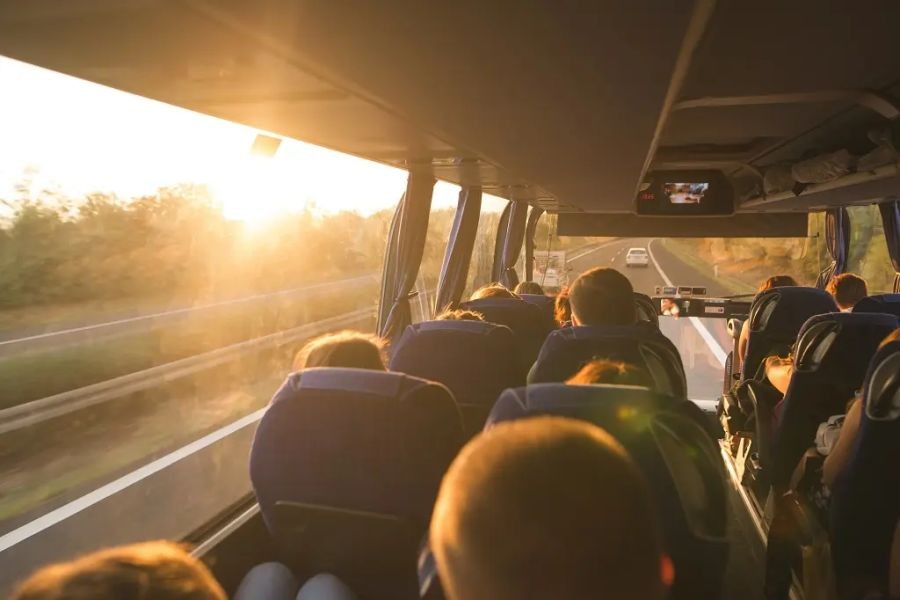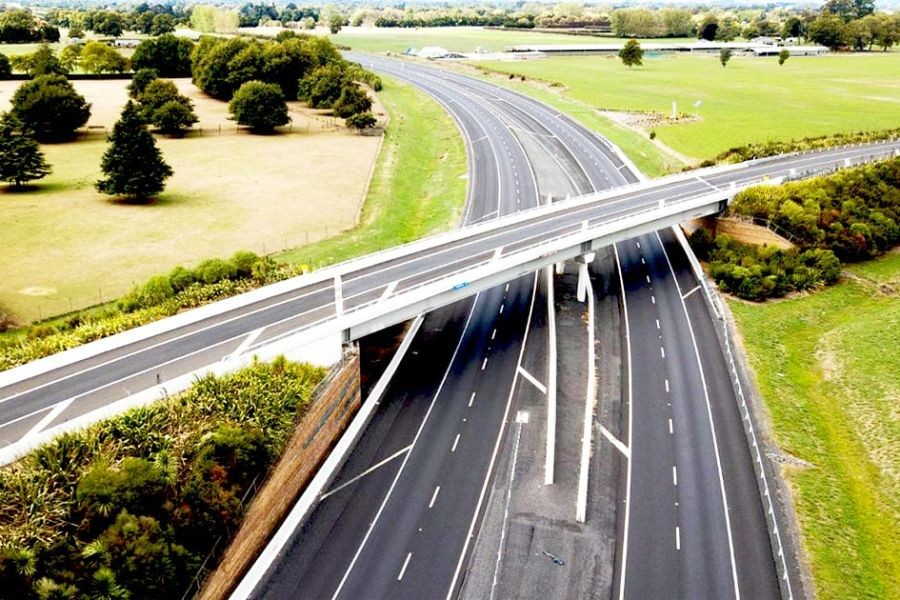New Zealand, renowned for its stunning landscapes and vibrant culture, is a top destination for tourists worldwide. However, exploring this beautiful country sustainably is crucial. Riding the bus is not only eco-friendly but also a cost-effective way for tourists to navigate New Zealand's diverse regions. But how can tourists ensure a safe and enjoyable bus journey? Let's delve into the intricacies of bus travel in New Zealand, backed by expert insights and real-world data.
Understanding New Zealand's Public Transport System
New Zealand's public transport infrastructure, particularly its bus network, is a testament to the nation's commitment to sustainability. With initiatives like the "Low Emission Bus Roadmap" by the Ministry of Transport, the country is gradually transitioning to more environmentally friendly public transport options.
The Role of Buses in NZ's Sustainable Transport
Buses play a pivotal role in New Zealand's transport system. According to Stats NZ, public transport usage increased by 20% between 2018 and 2022, with buses accounting for a significant portion of this growth. This uptick aligns with New Zealand's broader sustainability goals, aiming for a carbon-neutral public transport system by 2050.
Case Study: Auckland's Electric Bus Fleet
Auckland Transport has been at the forefront of implementing sustainable transport solutions. In 2021, Auckland introduced its first fleet of electric buses to reduce carbon emissions. The initiative led to a 30% reduction in operational emissions within its first year, demonstrating the tangible impact of sustainable transport solutions.
Safety Tips for Bus Travel in New Zealand
While buses are a safe mode of transport, tourists should be aware of certain practices to ensure their journey is smooth and secure.
- Plan Your Route: Utilize apps like AT Mobile or Google Maps to plan your journey, ensuring you know your bus routes and stops in advance.
- Be Aware of Your Surroundings: Keep an eye on your belongings and be mindful of pickpockets, especially in crowded areas.
- Purchase a Travel Card: Opt for travel cards like AT HOP in Auckland or Snapper in Wellington for contactless and discounted travel.
- Follow Local Customs: Show respect by greeting the bus driver and thanking them when alighting, a common courtesy in New Zealand.
Industry Insight: The Growing Trend of Contactless Payments
An emerging trend in New Zealand's public transport is the shift towards contactless payments. The Reserve Bank of New Zealand reports that contactless transactions have surged by 40% since 2020. This trend enhances safety by reducing physical contact, aligning with global moves towards digital payments.
Common Myths About Bus Travel in New Zealand
Despite its advantages, there are several misconceptions about bus travel in New Zealand that need debunking.
- Myth: "New Zealand's rural areas are inaccessible by bus." Reality: Many rural areas are well-served by intercity bus services, connecting even the most remote locations to major cities.
- Myth: "Buses are always crowded and uncomfortable." Reality: Modern buses in New Zealand are equipped with comfortable seating and are rarely overcrowded due to frequent services.
- Myth: "Buses are unsafe for tourists." Reality: New Zealand's buses are among the safest modes of transport, with strict safety regulations and well-trained drivers.
Pros and Cons of Bus Travel in New Zealand
Pros:
- Eco-Friendly: Buses significantly reduce carbon footprints compared to private vehicles.
- Cost-Effective: Affordable travel option with various discounts for students and seniors.
- Comprehensive Network: Extensive coverage across urban and rural areas.
Cons:
- Limited Schedules: Some rural routes may have infrequent services.
- Potential Delays: Traffic congestion can sometimes lead to delays.
Future Trends in New Zealand's Bus Transportation
New Zealand is poised for significant advancements in its public transport sector. According to a report by the Ministry of Business, Innovation, and Employment (MBIE), electric and autonomous buses are expected to dominate the market by 2030, reducing emissions and operational costs.
The integration of AI and IoT in public transport systems will further enhance efficiency, providing real-time updates on bus schedules and maintenance needs. These innovations will make bus travel even more appealing to tourists and locals alike.
Conclusion
Bus travel in New Zealand offers a sustainable, safe, and economical way for tourists to explore the country's breathtaking landscapes. By understanding the local transport system and dispelling common myths, travelers can enjoy stress-free journeys while contributing to New Zealand's environmental goals. As the nation continues to innovate, the future of bus travel looks promising, ensuring a greener and more connected New Zealand.
What’s your experience with bus travel in New Zealand? Share your thoughts and tips in the comments below!
Related Search Queries
- Best bus routes in New Zealand for tourists
- New Zealand public transport tips
- Eco-friendly travel options in New Zealand
- How to use AT HOP card in Auckland
- Electric buses in New Zealand
People Also Ask
- How safe is public transport in New Zealand? New Zealand's public transport is safe and reliable, with stringent safety regulations and well-trained staff ensuring passenger security.
- What are the best travel cards for tourists in New Zealand? Tourists can benefit from using travel cards like AT HOP in Auckland and Snapper in Wellington for convenient and cost-effective travel.


































HarriettMo
4 months ago